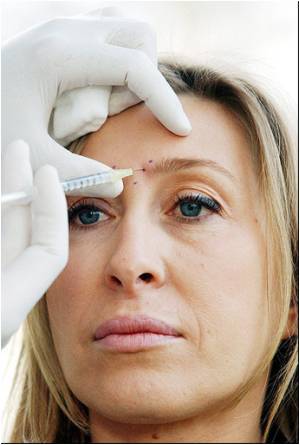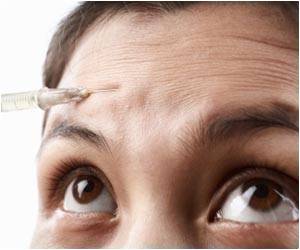Not all varieties of botulinum toxin seem to be equally effective in reducing crow's feet wrinkles, according to a report published Online First today by Archives of Facial

Kartik D. Nettar, M.D., from The Maas Clinic, San Francisco, and the University of California, San Francisco, and colleagues conducted a randomized, double-blind split-face study, using one agent on the right side and the other agent on the left side. "By using a split-face (internally controlled) paradigm, this would provide direct comparison of each product in the same patient," they explain. Ninety patients received injections of onabotulinumtoxinA and of abobotulinumtoxinA on either side of their faces; the lateral orbital rhytids, or "crow's feet" wrinkles, were the site treated. Investigators assessed the site's appearance using a five-point scale, and patients were also surveyed for their opinions.
According to the researchers, the difference between the two agents was significant when participants contracted the muscles as much as possible, with abobotulinumtoxinA producing a greater effect. This difference persisted in both investigators' and patients' assessments. Approximately two-thirds of participants said they favored the side of their faces that was treated with abobotulinumtoxinA.
The authors remark that the study's results, while favorable to abobotulinumtoxinA, are limited in their scope. No statistical significance between the two agents was seen when the muscles were at rest. The researchers call for further comparative studies in other facial muscles, as well as of why one agent would perform better than the other. "Ongoing studies will determine whether the demonstrated patient preference and early advantage in clinical outcomes is persistent," they write, "as both the efficacy in line effacement and duration of effect are both important factors in patient and physician decision-making as it related to the use of neuromodulators."
Source-Eurekalert











